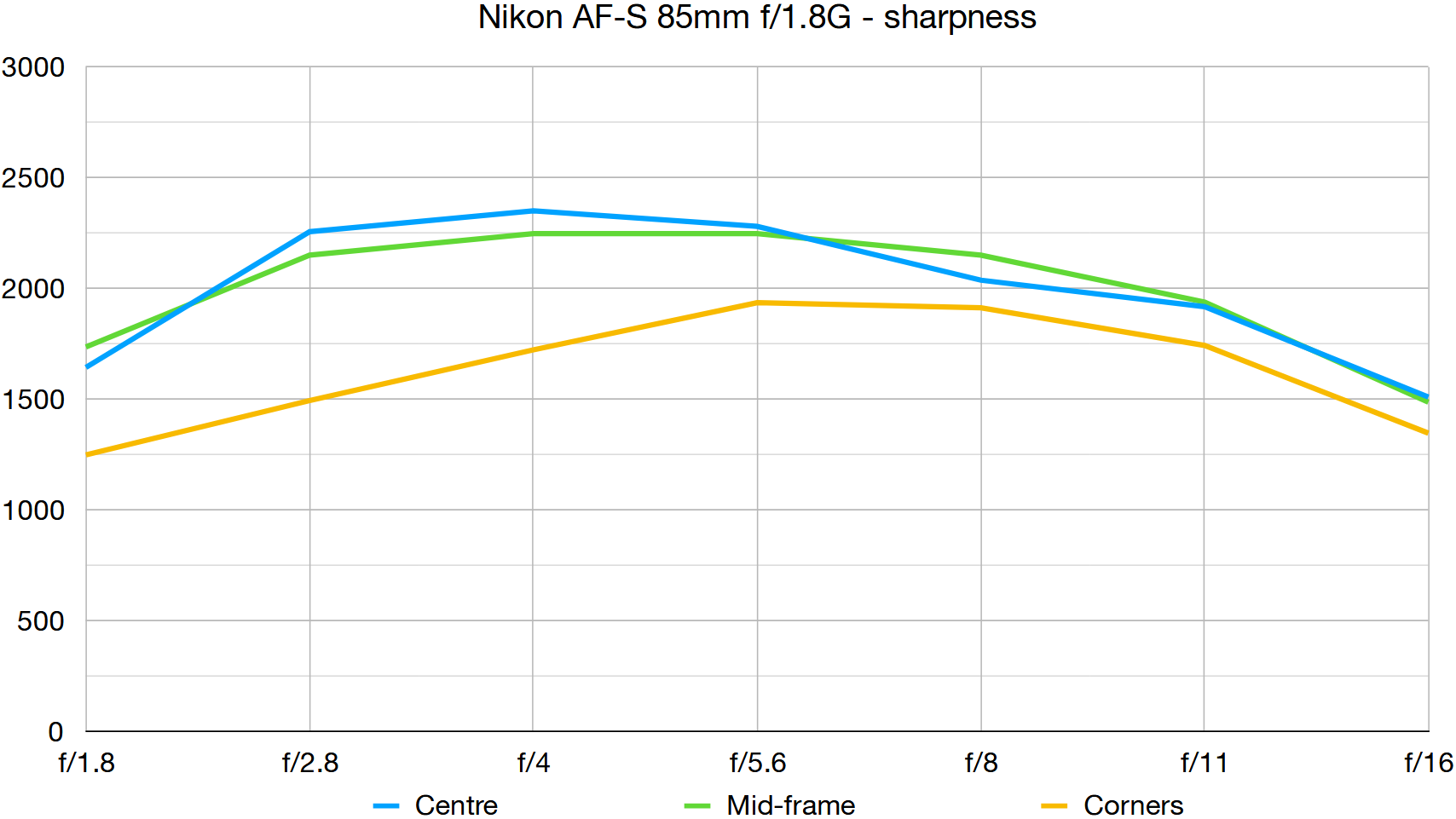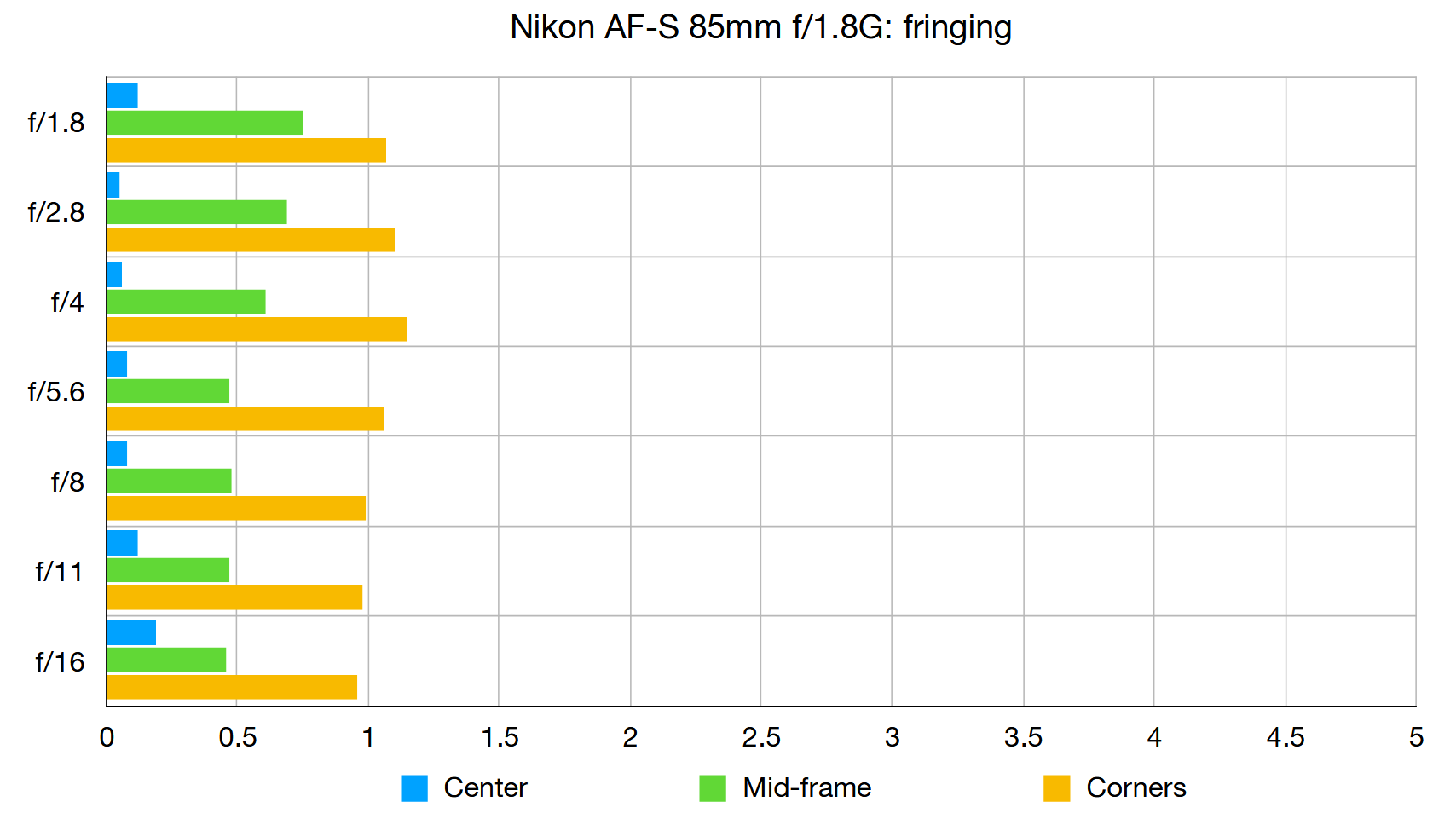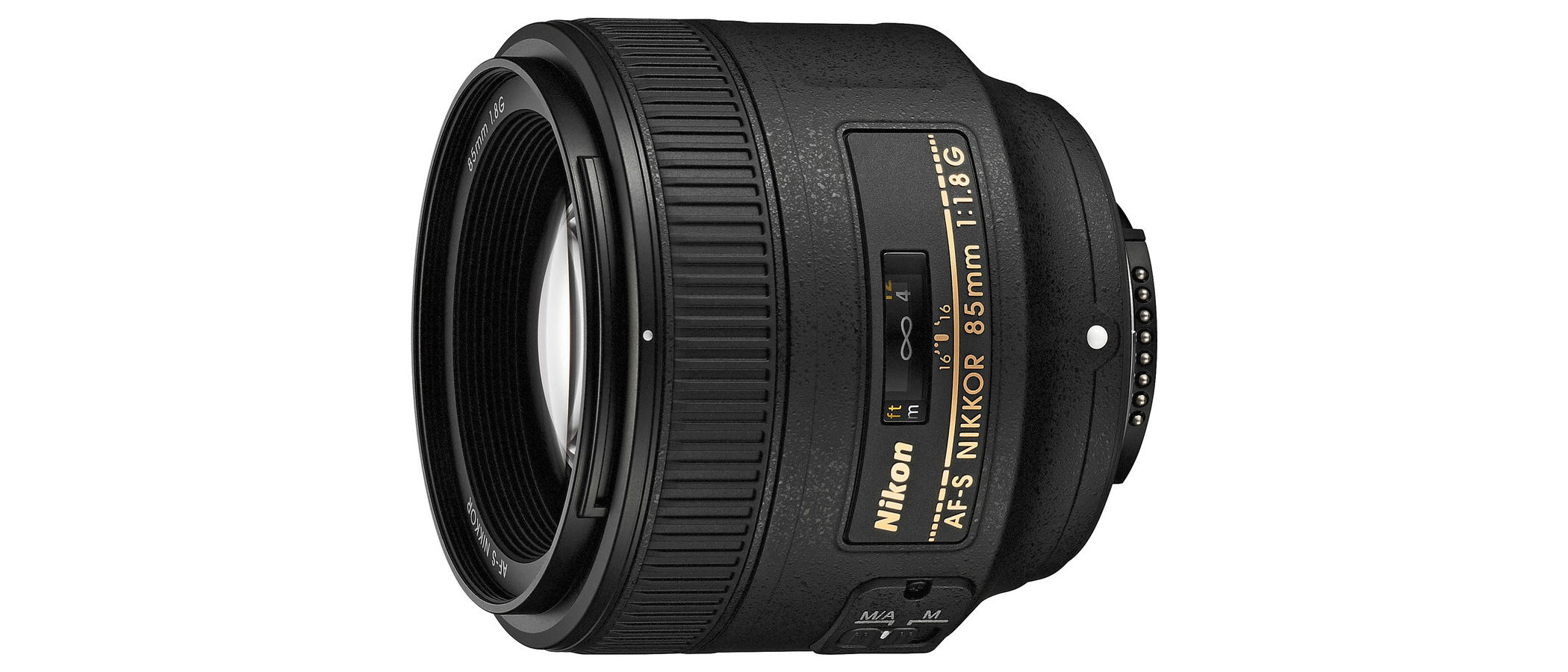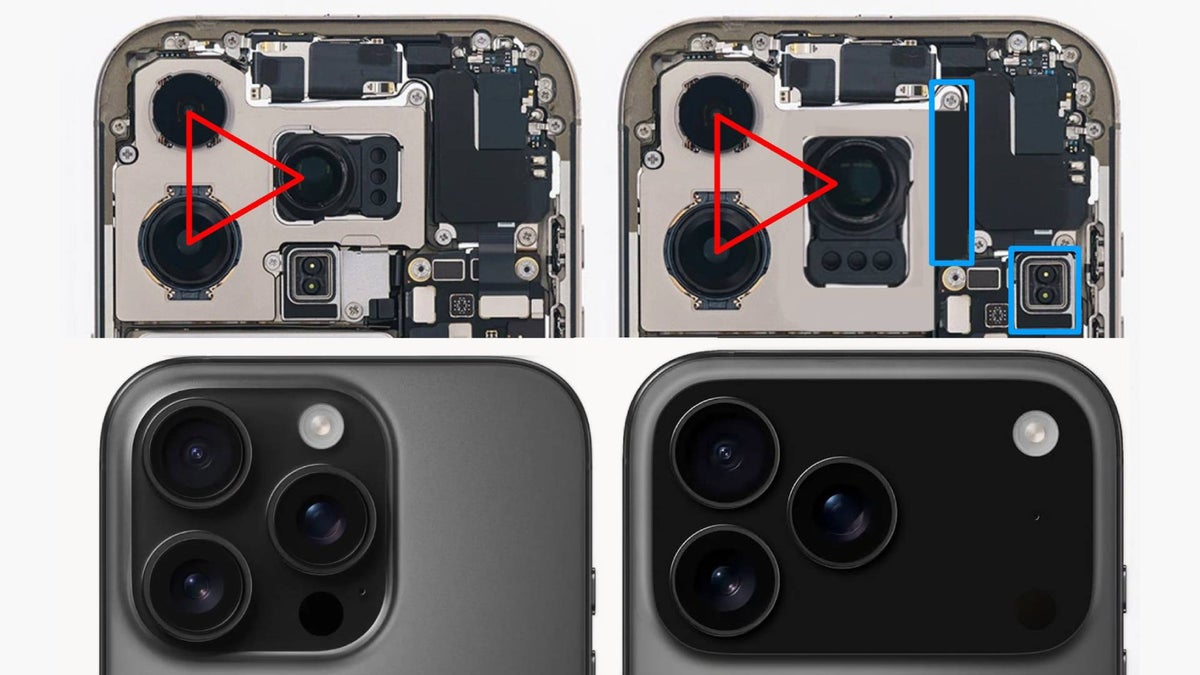Digital Camera World Verdict
Small, fast and sharp, this lens costs less than a third of the price of Nikon’s AF-S 85mm f/1.4G lens. If you can live without the extra two-thirds of an f/stop of the faster lens, the f/1.8 is much better value and is still capable of delivering attractive bokeh, along with excellent sharpness. All in all, it’s the Nikon portrait and still life lens for the masses.
Pros
- +
Compact and lightweight
- +
Solid build quality
- +
Impressive performance
Cons
- -
Slower than an f/1.4 prime
- -
No optical stabilization
- -
Not extensively weather-sealed
Why you can trust Digital Camera World
There’s a lot to be said for compact lenses that don’t take up too much room in your kit bag. This Nikon AF-S 85mm f/1.8G fits the bill perfectly, weighing in at just 350g. That’s little more than half the weight of Nikon’s faster AF-S 85mm f/1.4G lens, which itself is very compact and lightweight for an 85mm prime with such a fast aperture. Unlike the f/1.4 lens, however, the f/1.8 is refreshingly inexpensive for an own-brand Nikon lens, at less than a third of the price of its sibling.
Read more:
The best Nikon portrait lenses
The best camera for portraits
Specifications
Mount: Nikon F (FX)
Full-frame: Yes
Autofocus: Yes
Stabilisation: No
Lens construction: 9 elements in 9 groups
Angle of view: 28.5 degrees
Diaphragm blades: 7
Minimum aperture: f/16
Minimum focusing distance: 0.8m
Maximum magnification ratio: 0.124x
Filter size: 67mm
Dimensions: 80x73mm
Weight: 350g
Key features
Simple but effective, this lens has a total of nine elements in its optical path, with not a single aspherical or ED (Extra-low Dispersion) element in sight. Autofocus is courtesy of a fast, ring-type ultrasonic autofocus system, which comes with the usual focus distance scale and manual override facility. There’s an ‘M/A M’ focus mode selection switch on the barrel, offering choices of autofocus with priority given to manual override, or fully manual focusing.
The minimum focus distance of 0.8m is pretty typical for an 85mm prime lens, enabling a maximum magnification factor of 0.124x. More unusual for this class of lens is that the aperture diaphragm is based on seven blades rather than nine. This raises the risk of the aperture not being so well-rounded when you stop down. Build quality is good, complete with a rubber weather-seal on the mounting plate.
Performance
There’s impressive sharpness across most of the frame, apart from in the extreme corners at the widest aperture. Bokeh is impressively smooth for an f/1.8 lens and, despite only having seven diaphragm blades, points of light remain fairly well-rounded when stopping down a little.
Lab results
We run a range of lab tests under controlled conditions, using the Imatest Master testing suite. Photos of test charts are taken across the range of apertures and zooms (where available), then analyzed for sharpness, distortion and chromatic aberrations.
We use Imatest SFR (spatial frequency response) charts and analysis software to plot lens resolution at the center of the image frame, corners and mid-point distances, across the range of aperture settings and, with zoom lenses, at four different focal lengths. The tests also measure distortion and color fringing (chromatic aberration).
Sharpness:

The little Nikon really punches above its weight for sharpness, which is generally excellent and still very good at the widest aperture of f/1.8, apart from in the extreme corners of the image frame.
Fringing:

Both lateral and axial chromatic aberrations are minimal, the latter helped by the fairly modest aperture rating.
Distortion: 0.43
There’s a slight touch of pincushion distortion but it’s generally hard to spot and easily corrected.
Verdict
Small, fast and sharp, this lens costs less than a third of the price of Nikon’s AF-S 85mm f/1.4G lens. If you can live without the extra two-thirds of an f/stop of the faster lens, the f/1.8 is much better value and is still capable of delivering attractive bokeh, along with excellent sharpness. All in all, it’s the Nikon portrait and still life lens for the masses.
Read more:
• Best camera lenses to get
• Best Canon lenses
• Best Nikon lenses
• Best Sony lenses
Matthew Richards is a photographer and journalist who has spent years using and reviewing all manner of photo gear. He is Digital Camera World's principal lens reviewer – and has tested more primes and zooms than most people have had hot dinners!
His expertise with equipment doesn’t end there, though. He is also an encyclopedia when it comes to all manner of cameras, camera holsters and bags, flashguns, tripods and heads, printers, papers and inks, and just about anything imaging-related.
In an earlier life he was a broadcast engineer at the BBC, as well as a former editor of PC Guide.


